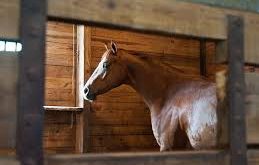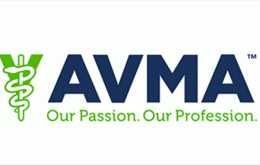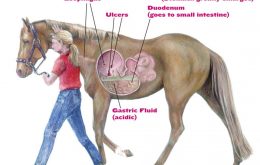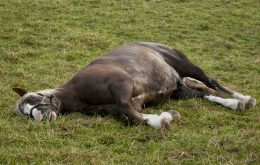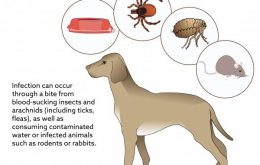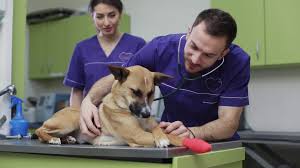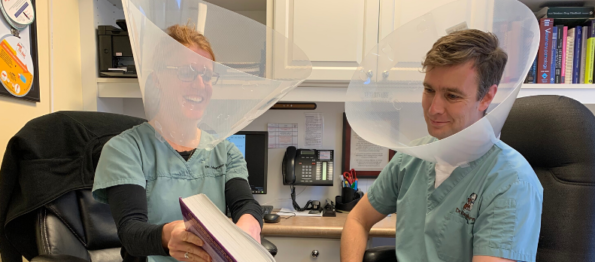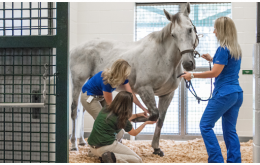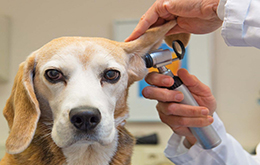Veterinary Rules and Policy Updates in California Horse Racing
Following the frustrations expressed by some horse trainers in California over the changes in horse racing rules, officials from the California Horse Racing Board (CHRB) and horsemen groups met in a teleconference on March 3 to clarify the rules and procedures for the treatment of entered racehorses. Here are the …
AVMA Rules and Policy Change for Declawing
The AVMA discourages the declawing or onychectomy of cats in favor of non-surgical alternatives to the procedure. With that stated, the AVMA does respect the right of veterinarians to use their professional discretion when determining what is best for the health and welfare of an individual pet. This means that …
Tackling Equine Gastric Ulcer Syndrome
Image from azequine.com Equine gastric ulcer syndrome (EGUS) is common in horses. Ulcers can be found in the terminal esophagus, stomach (nonglandular and glandular regions) and the proximal duodenum. Prevalence estimates range from 25 percent to 50 percent in foals and 60 percent to 90 percent in adult horses, depending on …
Coping with Equine Geriatric Lameness
Image from Wagwalking.com Old age claims more horses’ lives than any other cause, according to the National Animal Health Monitoring System. The most common specific causes of death in these aged horses were weight loss and inability to ambulate; one researcher suggests the two are related. You will find that …
Protecting Against Bioterrorism
Image from VCA Animal Hospitals Veterinarians are already versed in the understanding of infectious disease and toxicants; this understanding must now be applied to bioterrorism agents. Since the Pandora’s box of anthrax has already been opened, this discussion will be restricted to the most probable spectrum of biologic agents terrorists might consider. …
Customer Service is the Entire Staff’s Job
In her book Client Satisfaction Pays (AAHA Press, 1998), Carin Smith, DVM, sums it all up: “Client satisfaction is whatever your clients say it is.” The challenge, Dr. Smith said, lies in “taking the time and effort to think about it and to take action, in the midst of a …
Cheat Sheets Come of Age
Image from veccs.org Reference charts in the exam room. Sticky notes tacked inside the pharmaceutical cabinet. Procedures transcribed on scratch paper and taped to a crash cart. Sound familiar? Most clinics use these quick-reference sheets of one sort or another, whether they reference the life cycle of a flea, drug …
Emergency Preparedness for Horse Owners
This article is written specifically for equines, but all of the information contained can also be applied to any of your pets or those you are responsible for. Please read it carefully and begin your evacuation plan soon. These tips are designed to make the recovery/evacuation process easier because in …
Signs of Colic in Horses
This is the leading cause of death in horses. Colic can come on very suddenly and often with little or no warning. There are several ways that colic can occur in horses. A horse can get colic from a change in diet that wasn’t gradually introduced. Even changing hay can …
New Report Shows Surprising Cause of Pet Skin Irritation
Banfield Pet Hospital recently conducted and released a 2018 State of Pet Health Report. The report explores the science behind skin allergies in pets, shedding light on flea, environmental and food allergies. Surprisingly, the latter isn’t as much to blame as some pet owners might believe. According to Banfield’s research, …
